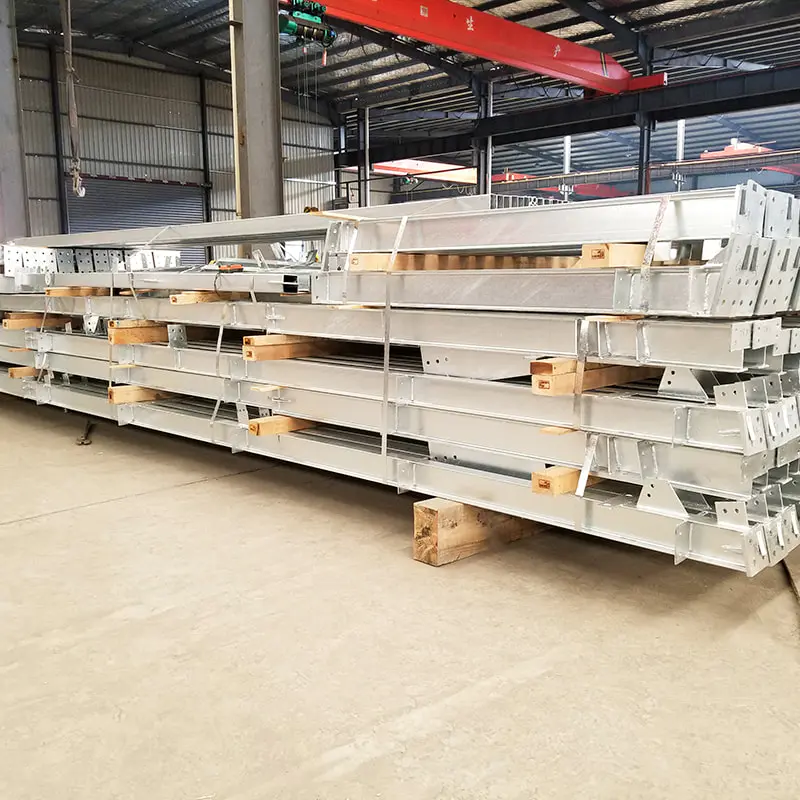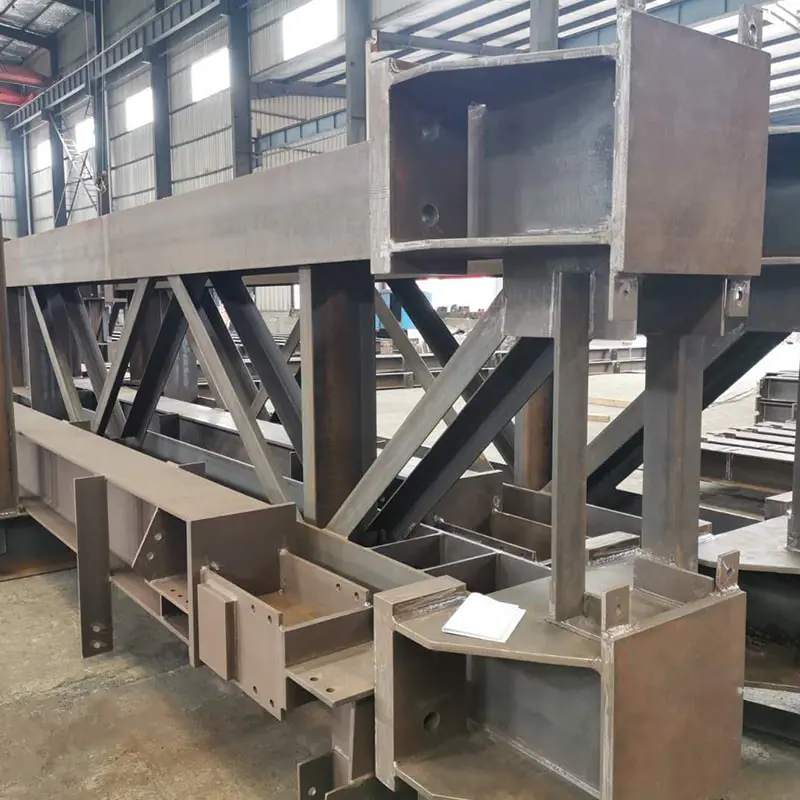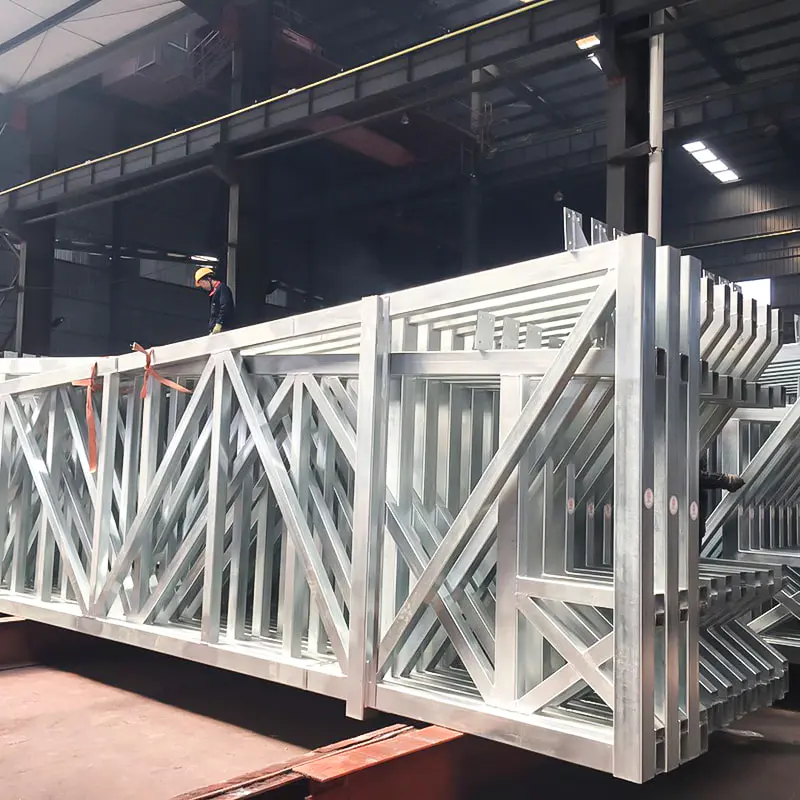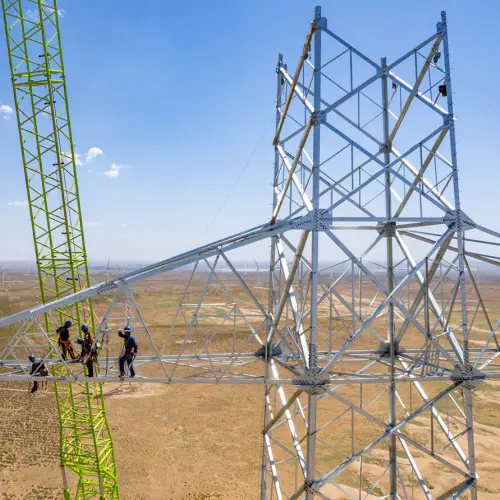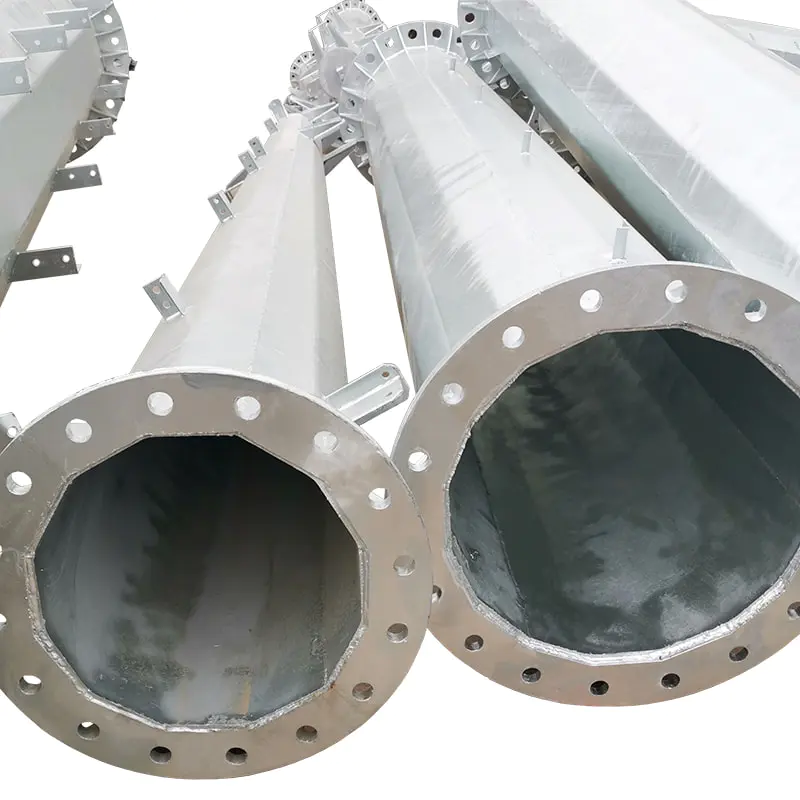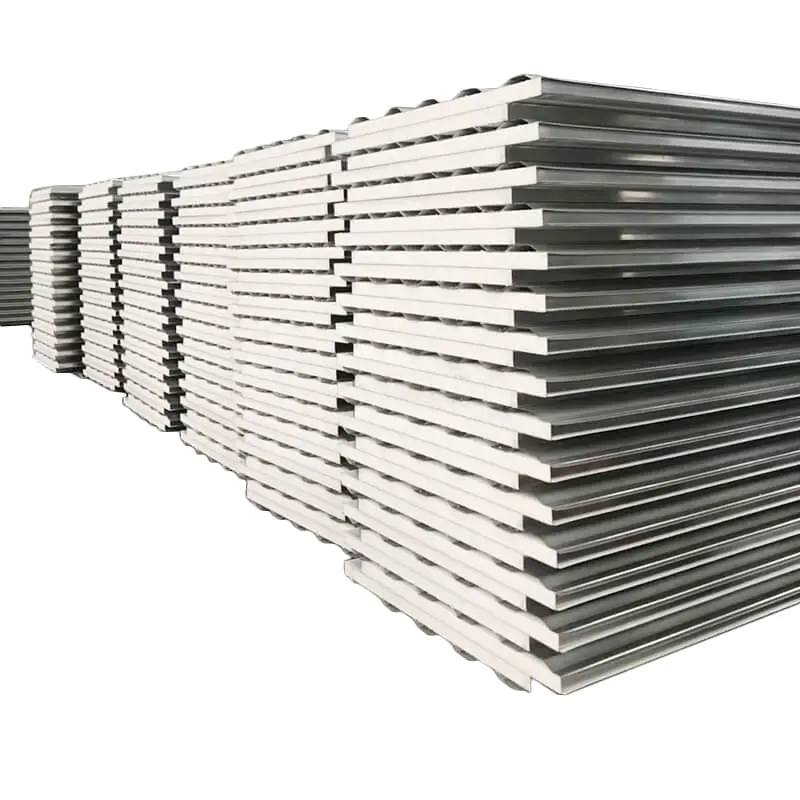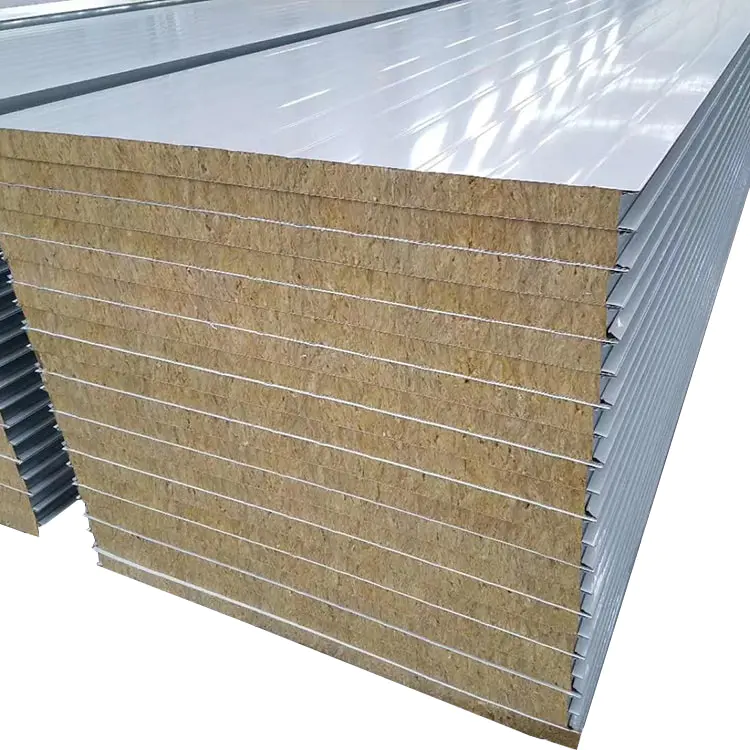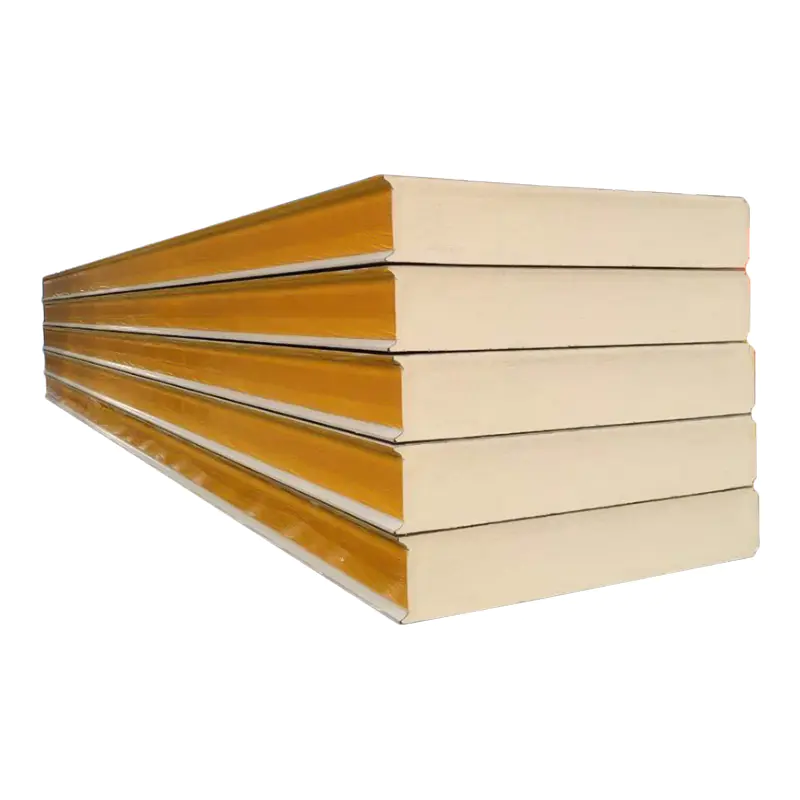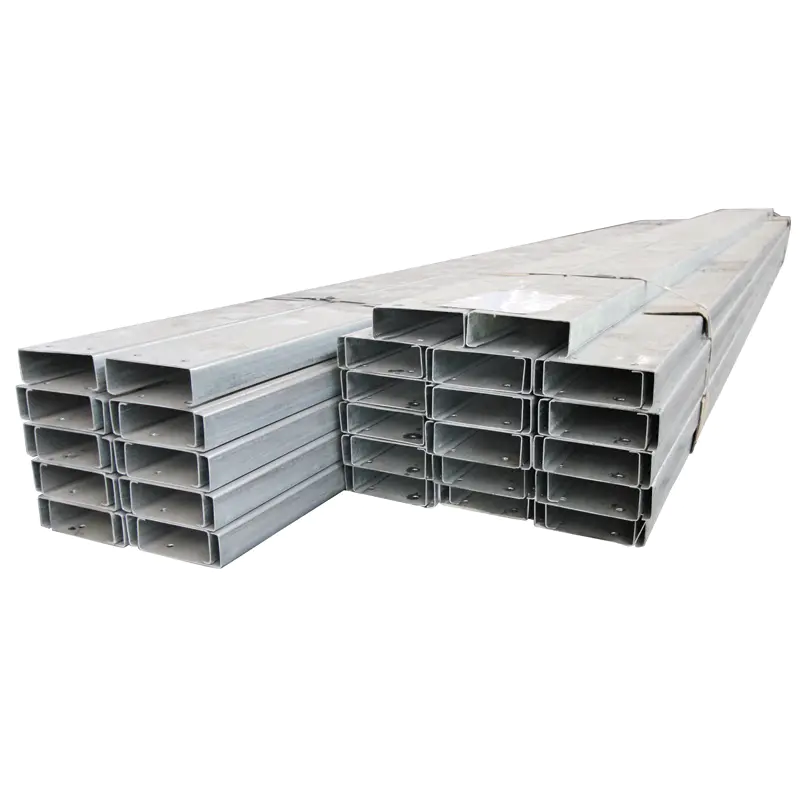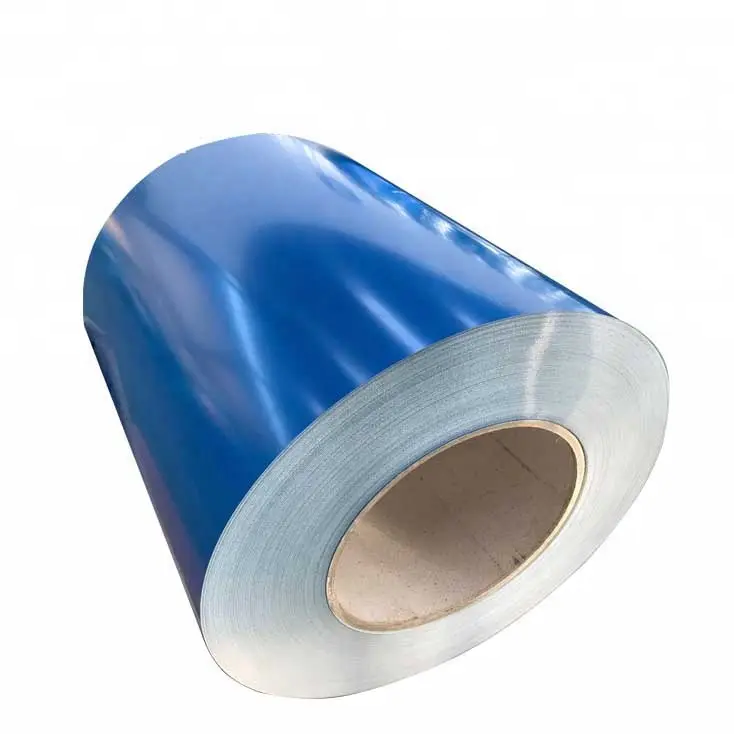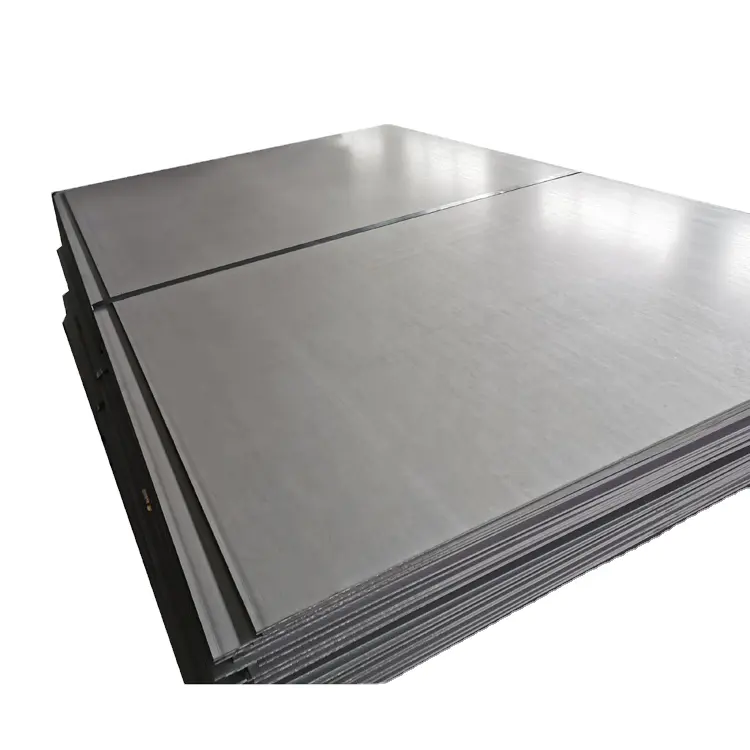Steel purlins are fundamental components in modern construction, spanning the primary framework of roofs and walls to support cladding. Their widespread adoption stems from several inherent advantages that contribute to structural integrity, efficiency, and long-term value.
1. Superior Strength-to-Weight Ratio: Steel possesses an exceptional strength-to-weight ratio, meaning purlins can span significant distances while supporting substantial loads (dead loads like cladding and live loads like snow or wind) with minimal material usage. This inherent strength allows for lighter overall structures compared to alternatives, reducing foundation requirements and associated costs. Z-purlins and C-purlins, designed with specific flanges and lips, maximize this efficiency by optimizing load-bearing capacity per unit weight.
2. Design Flexibility and Consistency: Cold-formed steel purlins offer remarkable design versatility. They can be easily manufactured to precise lengths and configurations, accommodating complex roof shapes, varying pitches, and specific load requirements. This consistency in dimensions and material properties ensures predictable performance and simplifies detailing and erection. Their relatively lightweight nature also facilitates easier handling and maneuvering on-site compared to heavier alternatives.
3. Long-Term Durability and Low Maintenance: Properly specified and coated steel purlins (typically galvanized or coated with other corrosion-resistant systems) offer excellent resistance to rust, decay, insects, and fire (compared to wood). This inherent durability translates into a longer service life with significantly lower maintenance costs over the building's lifespan. They are not susceptible to warping, twisting, or splitting like wood, maintaining structural integrity under varying environmental conditions.
4. Speed and Ease of Installation: The lightweight nature and prefabricated consistency of steel purlins significantly accelerate the construction process. They are easily transported, lifted, and positioned. Standardized connection systems (cleats, bolts, screws) allow for rapid and straightforward assembly by skilled crews, reducing on-site labor time and associated costs. This predictability aids project scheduling and can lead to earlier building occupancy.
5. Cost-Effectiveness (Life Cycle Cost): While the initial material cost might be comparable or slightly higher than some alternatives, the true cost-effectiveness of steel purlins emerges over the building's life cycle. Factors contributing to this include reduced foundation costs (due to lighter weight), faster installation times (lower labor costs), minimal ongoing maintenance expenses, and superior longevity. The predictability of performance also reduces the risk of costly delays or remediation.
6. Sustainability and Recyclability: Steel is one of the most recycled materials globally. Steel purlins often contain a significant percentage of recycled content and are themselves 100% recyclable at the end of their service life without downgrading material quality. This contributes to reduced waste in landfills and lower overall environmental impact. Efficient material usage (strength-to-weight ratio) also minimizes resource consumption.
The advantages of steel purlins – encompassing exceptional strength, design adaptability, proven durability, installation efficiency, long-term cost savings, and environmental benefits – make them a compelling structural solution. Their ability to provide reliable, long-lasting support while streamlining construction processes underpins their status as the preferred choice for a vast range of commercial, industrial, and agricultural building projects. When optimizing for performance, longevity, and overall project value, steel purlins deliver significant and quantifiable benefits.

